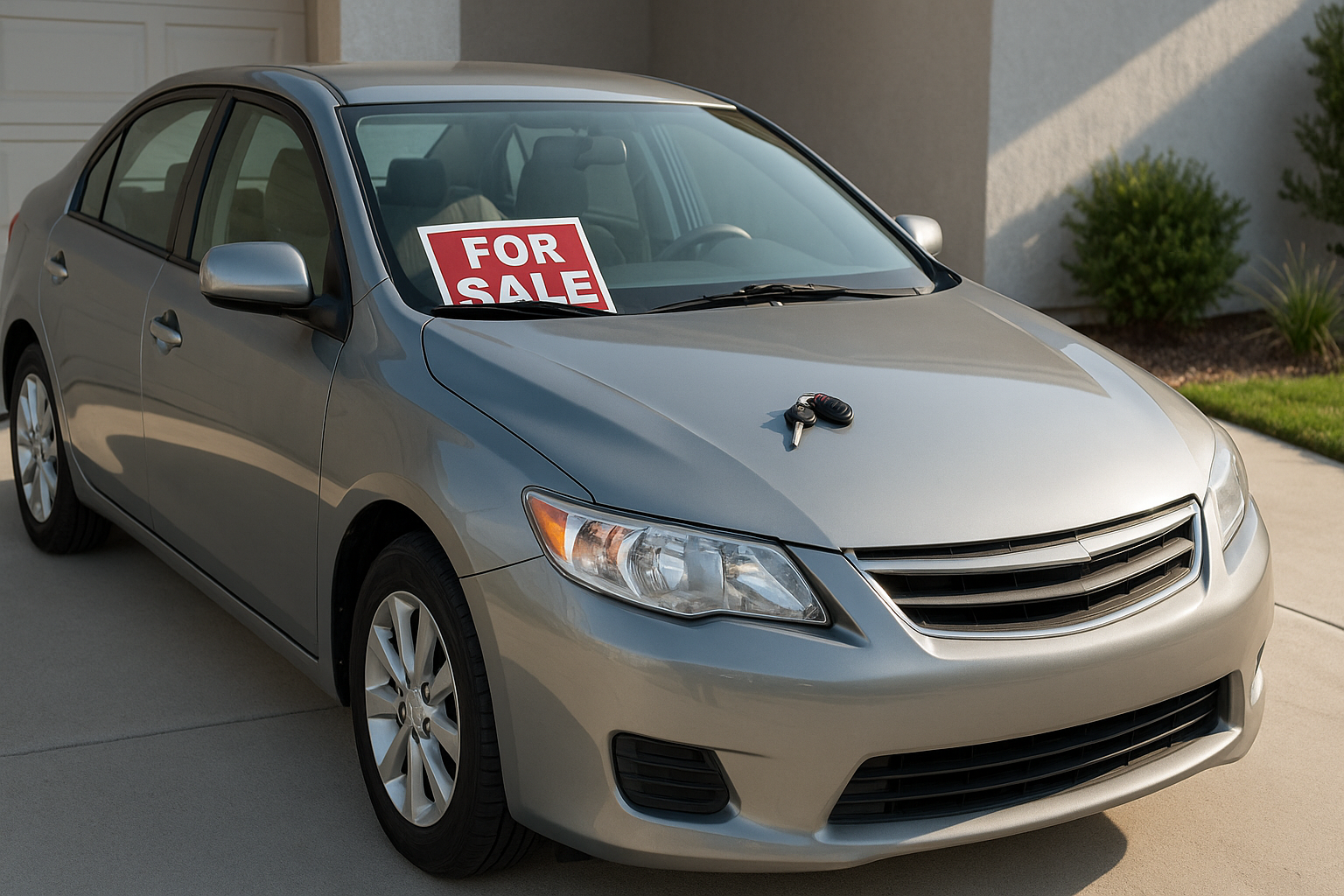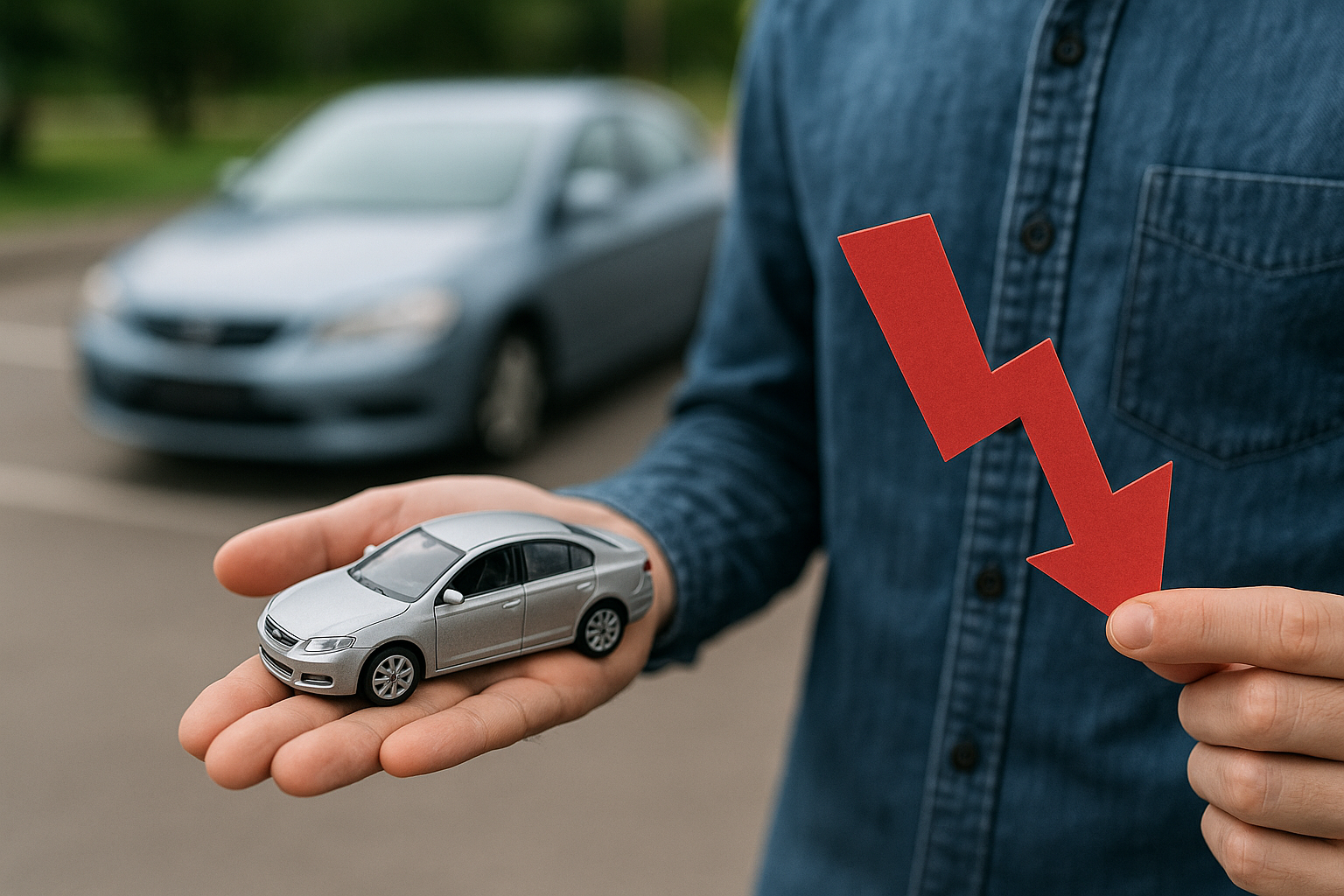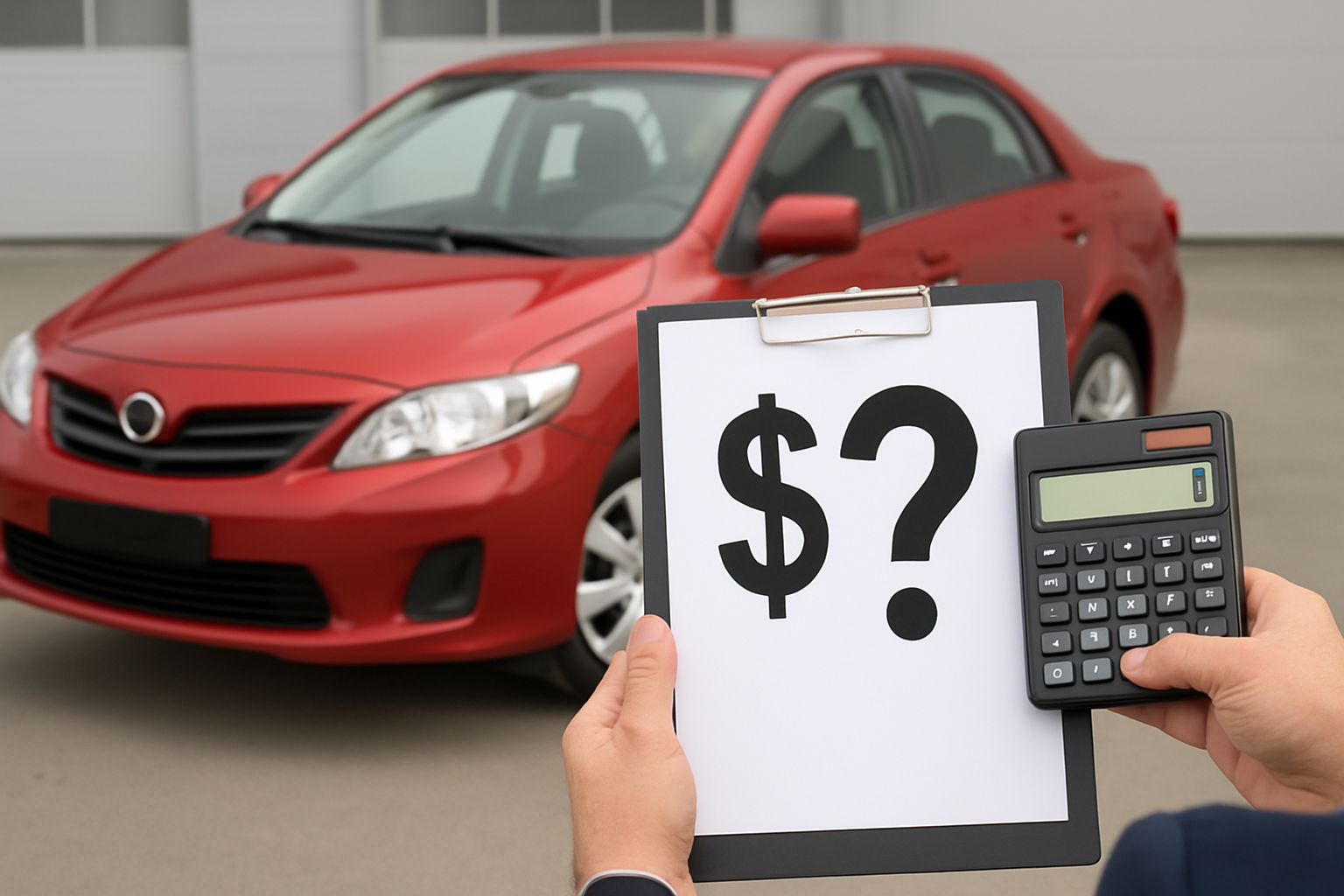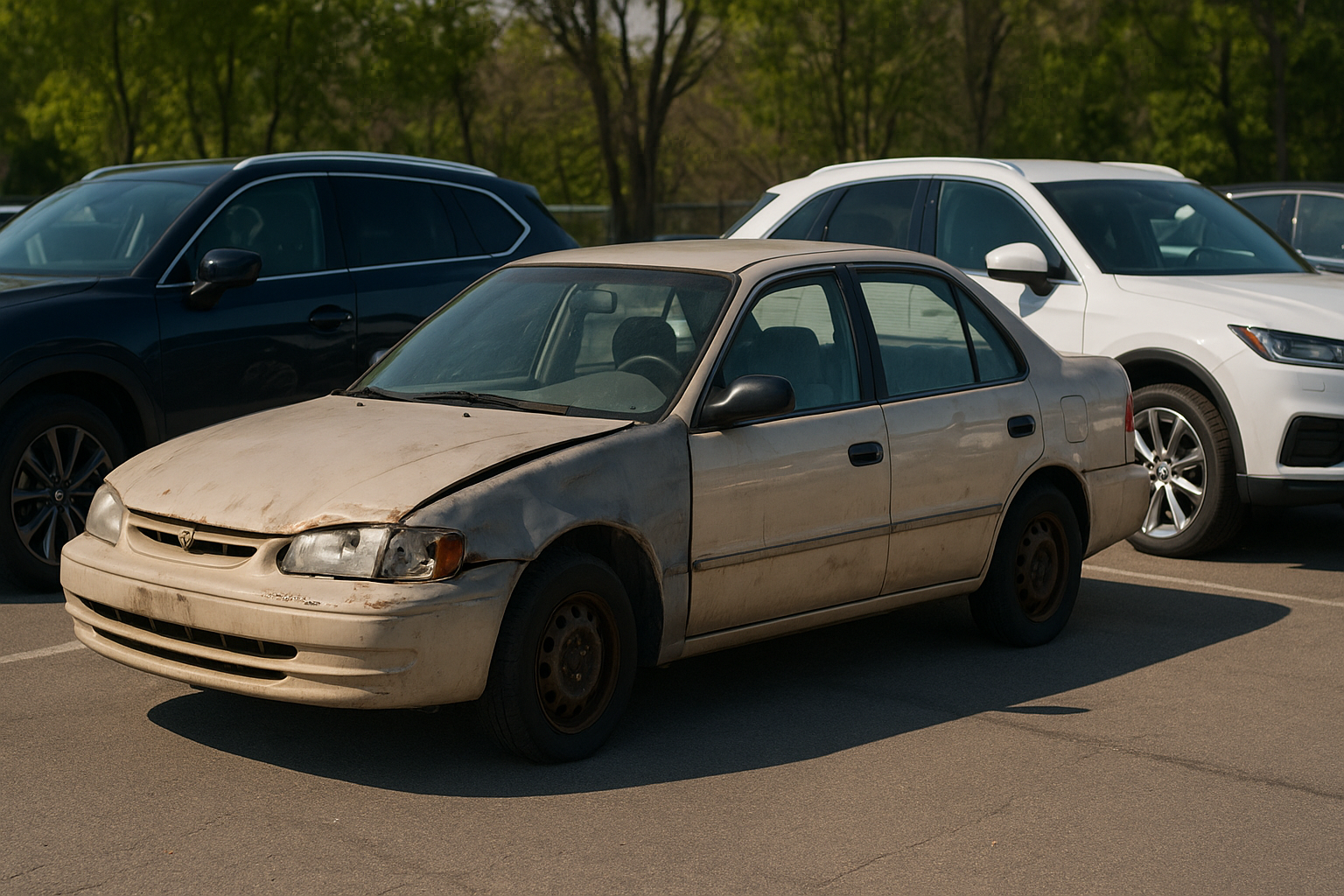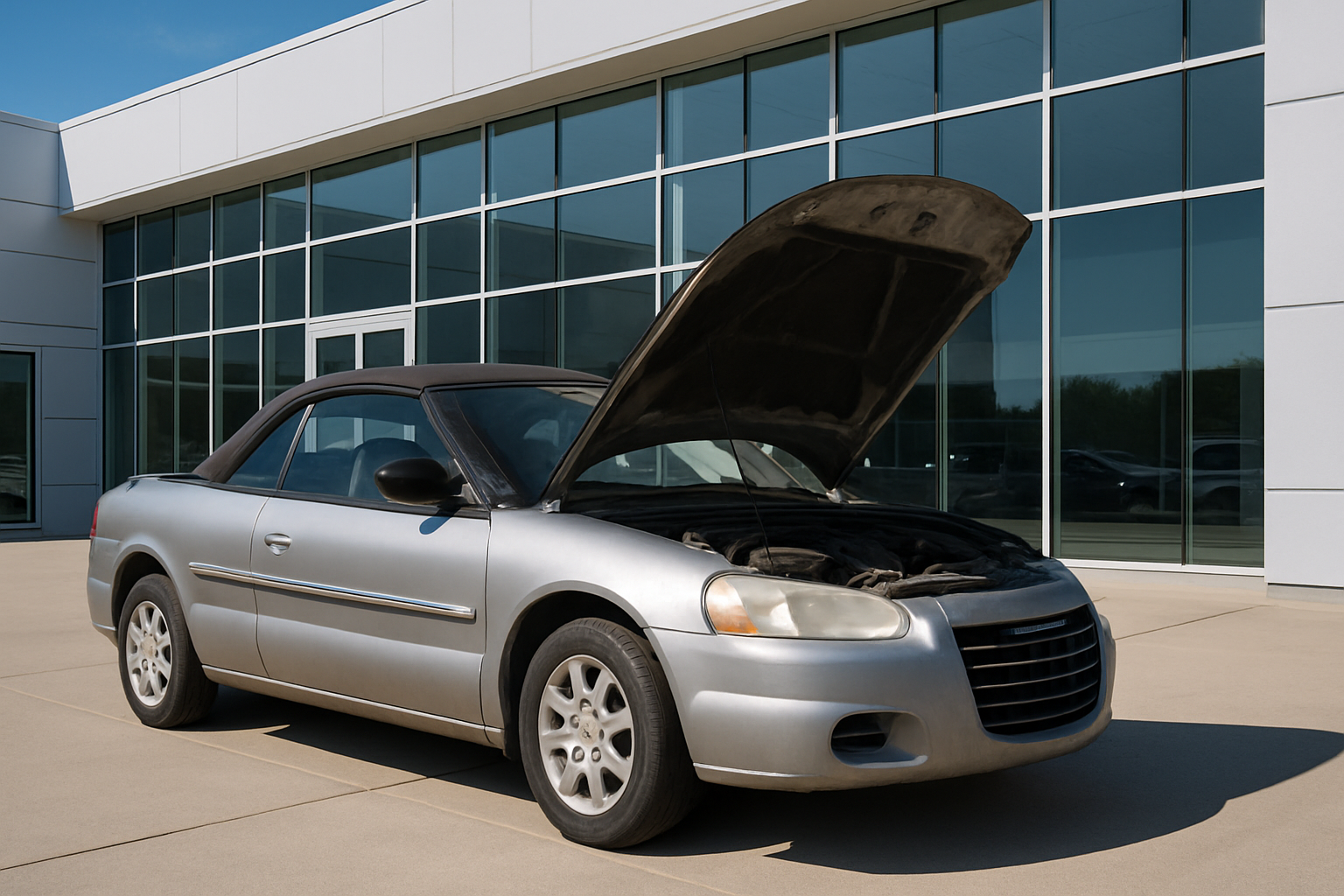When you're stuck with a car that doesn't run, deciding how to get rid of it can be challenging. Whether it’s an old vehicle gathering dust or a broken down car taking up space, there are several ways to handle this situation effectively. This guide will explore various methods, from selling to scrapping, to help you find the best solution.
Estimating Your Car's Value
The first step in disposing of a non-running car is to assess its worth. Even cars that no longer run may hold value in their parts or as scrap metal. Research your car's fair market value considering its age, model, and condition. Online tools and local assessments can help determine a reasonable price, setting realistic expectations for what you can earn. When assessing an old car, consider a few options to gauge its actual value. Look into recent sales of similar used cars and damaged vehicles to understand the current value. This approach gives you a baseline to start negotiations for cash, ensuring you don't undervalue your vehicle.
Selling to a Car Dealer
Trading in your old car for a new vehicle at a dealership offers convenience but may not yield the best deal, especially for non-running cars. Dealerships typically offer less than the car's market value as they need to profit from the sale. However, if you’re looking for a hassle-free option and plan to purchase a new car, this could be a viable route. Remember, the trade-in value might be low, but it can still contribute towards your new purchase. For most people, this method saves time and money since it eliminates the need to find a private buyer. Most dealerships will handle all paperwork, providing a seamless transition from your old vehicle to the new one. Although the initial cost may seem high, the convenience and immediate reduction in the total cost of your new vehicle can offset these concerns. Ensure to request a tax receipt if applicable, as this can sometimes aid in later deductions.
Getting Rid of a Car by Selling It to a Scrap Yard

If repair costs exceed the car’s worth, selling it to a junkyard or scrap yard could be a practical decision. Scrap yards pay based on the weight of the scrap metal, not the car's operational status. Ensure you search online for multiple yards to get the best deal and inquire about free towing services to save additional costs. Utilizing a junk removal service can also streamline the process, as they typically have connections with local junkyards and can handle the logistics of transporting cars that don't run. Before you pay any fees or finalize the deal, request a final inspection of your vehicle to confirm the agreed price. This step is crucial to ensure you are not undervalued for your car, especially when it's being sold for its metal rather than its potential for repair.
Furthermore, when choosing a scrap yard for your vehicle disposal, it's critical to grasp current market rates for scrap metal, which can fluctuate. This knowledge ensures that you obtain a fair monetary offer based on the actual weight and material value of your vehicle. Another important consideration is documentation; make sure you have all of the necessary paperwork and titles on hand, as scrap yards require them to legally handle the car. Some scrap yards may pay more money if you can bring the car personally, so consider the cost of hauling against the potential increase in offer. Always deal with respected yards that are recognized for honest dealings to avoid scams or underpayments. Establishing open communication about the state of your non-running car and its components will also aid in obtaining a price that reflects the true value of the metal and parts you are selling.
Selling a Non-Running Car for Parts
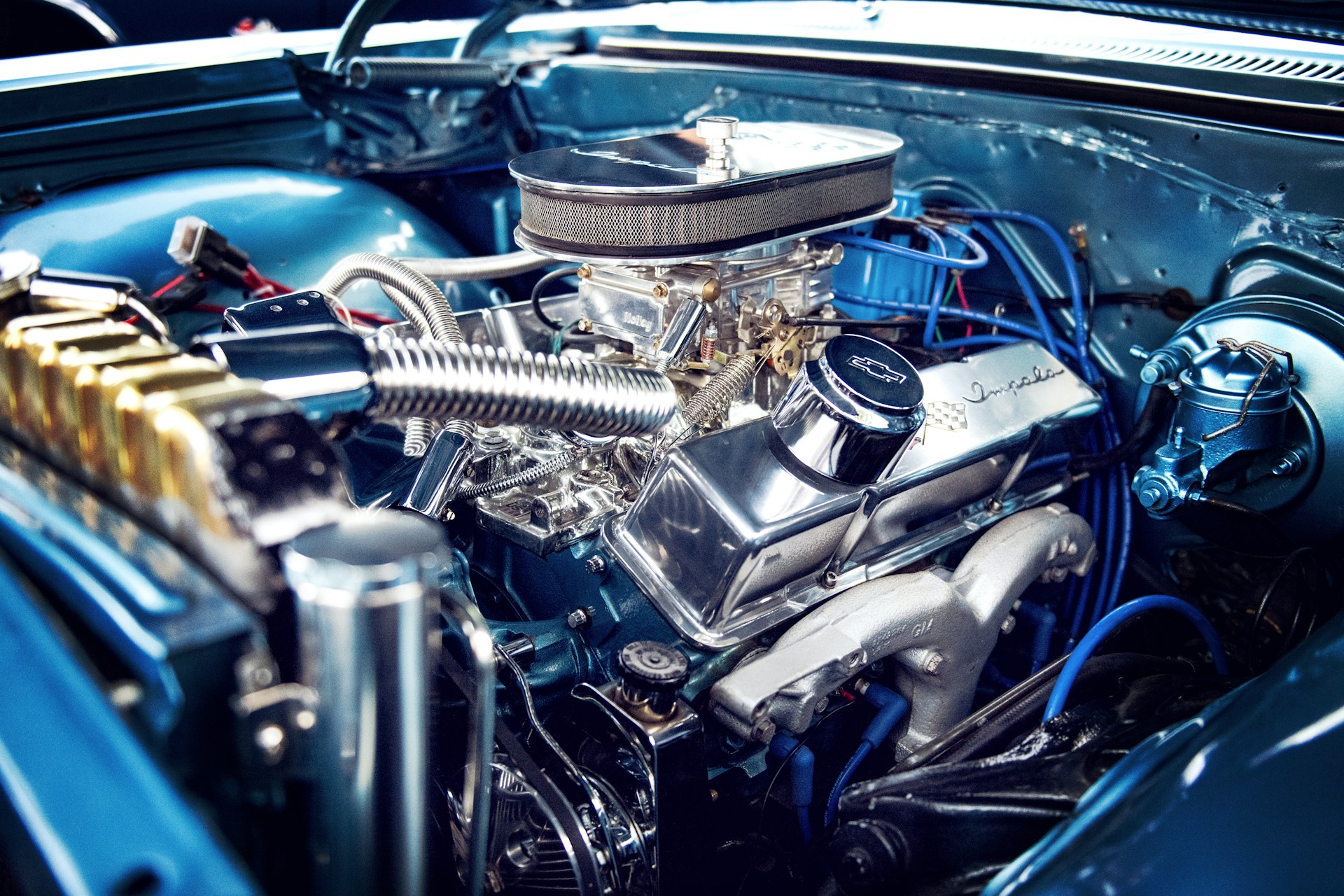
In addition, when selling your non-running car independently, it's essential to create a detailed and honest advertisement. Include clear, high-quality photos from different angles and an accurate description of the car’s condition, highlighting any valuable parts or recent repairs. Utilize platforms specifically designed for selling vehicles to reach a targeted audience of potential buyers interested in cars for parts or restoration projects. Be clear about your terms of sale, particularly that the car is being sold "as is," to avoid any misunderstandings later on. Negotiate openly but firmly, keeping in mind your minimum acceptable price based on your prior research into the car’s value. Offering potential buyers the option to view the car in person or via video call can also help build trust and facilitate a smoother sale. Additionally, preparing all necessary documents in advance will expedite the selling process once you've agreed on a price.
Parting out your car and selling the usable car parts individually can often net more money than selling the whole car as is. This option is best for those with mechanical knowledge or access to repair shops willing to buy parts. While it requires more effort, the cumulative sales from individual components may exceed the price offered by scrap yards or dealerships. When you decide to sell parts of your non-running car, consult mechanics for an evaluation and use recycling services to dispose of unusable components responsibly. A fair cash offer for each part can be more lucrative than one lump sum for the whole vehicle. Ensure you communicate clearly with each potential buyer about the condition of the parts you are selling. This approach can maximize the cash you receive and extend the utility of your non-running car.
Donating Your Car to Charity
Donating your non-running car to a local charity is a generous way to rid yourself of an unwanted vehicle. Many non-profits accept such donations and may offer free towing. Plus, you could receive a tax deduction based on the car's fair market value. Ensure the charity is legitimate and provides you with the necessary paperwork for your tax return. By choosing this method, you not only get rid of a car that is no longer of use to you, but you also support charitable work and potentially help those in need. When donating, make sure to transfer the title properly to absolve yourself from future liabilities associated with the car. Donating as is means the charity will accept cars in any condition, offering you a hassle-free way to dispose of your vehicle while contributing to a good cause. This act can bring more than just money's worth; it provides a sense of fulfillment knowing your old car serves a new purpose.
Can I Sell My Non-Running Car Independently?
Yes, you can sell your non-running vehicle independently to private buyers, online buyers, or through online marketplaces. This method may yield a fair price as you negotiate directly with potential buyers. Highlight the car's value, including usable parts and materials, and be transparent about its condition, selling as is. While this approach takes more time and effort, it often results in a better return than other methods. When you sell independently, you control the sale process, set your price, and can often receive cash quickly once a deal is agreed upon. However, be prepared to pay for ads if you're listing the car online and to meet with potential buyers for viewings and negotiations. Always ensure safety in these interactions. Selling through a dealership might be quicker, but selling independently could secure a higher sale price if you find the right buyer willing to pay for the car's potential value.
In addition, when selling your non-running car independently, it's essential to create a detailed and honest advertisement. Include clear, high-quality photos from different angles and an accurate description of the car’s condition, highlighting any valuable parts or recent repairs. Utilize platforms specifically designed for selling vehicles to reach a targeted audience of potential buyers interested in cars for parts or restoration projects. Be clear about your terms of sale, particularly that the car is being sold "as is," to avoid any misunderstandings later on. Negotiate openly but firmly, keeping in mind your minimum acceptable price based on your prior research into the car’s value. Offering potential buyers the option to view the car in person or via video call can also help build trust and facilitate a smoother sale. Additionally, preparing all necessary documents in advance will expedite the selling process once you've agreed on a price.
Summary
There are several ways to get rid of a car that doesn't run, from trading it in at a dealership to selling it for parts or scrapping it. Each option has its pros and cons, and the best choice depends on your circumstances, the car's condition, and how much effort you’re willing to invest. Learning how to get rid of a car that doesn't run is crucial for making informed decisions that optimize the potential money you can get back. Whether you choose to sell directly to a buyer, negotiate with a dealership, or utilize recycling services, understanding your car’s value and the market will guide you to the best solution. Ultimately, your goal should be to find a method that offers a balance between convenience and financial return, ensuring you don't just dispose of the vehicle but also gain some monetary advantage in the process.
Tips and Q&A
-
How Do I Sell My Car with a Broken Engine?
Selling a car with a broken engine can be done through private sales, online platforms, or directly to repair shops or scrap yards. Be honest about the condition and consider lowering the price to account for repair costs.
-
How Do You Get a Dead Car Out of Your Garage?
If your car no longer runs, you can use a towing service to remove it from your garage. Many junk removal services, scrapyards, and charitable organizations offer free towing for non-running cars.
-
Can I Trade In a Car with a Blown Head Gasket?
Yes, you can trade in a car with a blown head gasket, but be prepared for a low offer. Dealerships accept cars in various conditions but will adjust the trade-in value to reflect the cost of repairs needed.


